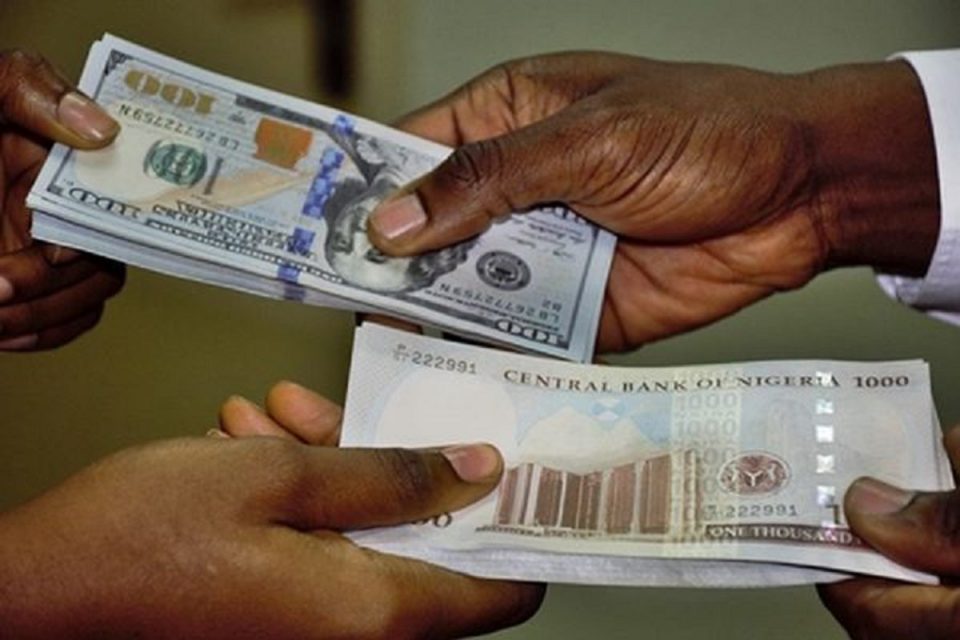The naira recorded marginal losses at the official market on Tuesday, closing at N768/$ at the Investors and Exporters (I&E) window.
The local currency recorded an N27/$ loss at the official market weaker than N741/$ it closed on Monday.
Market reports showed the naira exchanged at N770/$ at the parallel markets, leaving N2 gap for full rate convergence between the official and parallel market rates.
According to a report from FMDQ Exchange, cumulative transaction turnover at the I&E Window stood at $88.68 million on Monday. Tuesday’s data is yet to be released.
Analysts also said that Monday’s low closing rate at the I&E window attracted forex buyers interested in getting the greenback at cheaper rates to that segment of the market.
The Central Bank of Nigeria (CBN) unified all exchange rates into the I&E window and allowed market forces to determine exchange rate for the naira.
Managing Director, Economic Associates, Dr. Ayo Teribe, said the Bureau De Change (BDC)/ parallel market rate is the reliable indication of market realities, and it is stable.
“The volatile price correction in the I&E rate should trigger equally strong reduction in demand plus an increase in supply in that window. That would make the market settle back towards equilibrium in the next few days. I expect the rates to strengthen across all windows before the end of this week. I expect the unified rate to move towards N600/$ or stronger in the next week or so,” Teriba said.
Managing Director, Financial Derivatives Company Limited, Bismarck Rewane, explained that in continuation of the fundamental reforms in the forex market, the CBN, announced the relaxation of the domiciliary account restrictions. Hitherto, cash deposits and withdrawals were limited.
He said the adoption of a single exchange rate and the “willing buyer-willing seller model” by the CBN is, no doubt, cheery news for the market.
He said the new exchange rate framework is expected to increase transparency in the forex market, reduce exchange rate misalignment and transaction costs, and buoy investor confidence.
“However, exchange rate management goes beyond exchange rate unification. It must address issues surrounding market structure, easy access and adequate supply. This means effectively dismantling forex rationing, administrative controls, and reviewing import restrictions. As Barack Obama declared, “Africa doesn’t need strongmen, it needs strong institutions,” Rewane said.
President, Association of Bureaux De Change Operators of Nigeria (ABCON), Dr Aminu Gwadabe, said all eligible forex demands are now queuing at the I&E window in the short run hence the high transaction traffic there.
“The development is not new as there were times when official exchange rate was higher than the parallel market rates in China. The interplay of supply and demand forces and the concept of willing buyer and willing seller will eventually lead to a stable market clearance rate as events unfold,” he said.


next post


